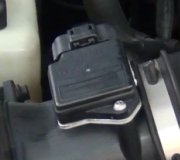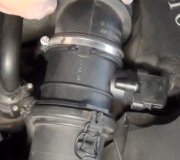I know on overly rich mixture can be expensive on the pumps and bad for the environment, but please, without considering fuel economy and emissions, what are the mechanical disadvantages of a rich mixture? And what good does it have to run a rich mix?
I'm running a carby-engine, no O2 sensor, no MAP, no electronic everything, no ECU, no ECM, no Air Flow sensors, no nothing of that. So I'm not worried about messing up those things. I just have the old school setup.
Thanks and more power.
Friday, December 4th, 2009 AT 9:28 PM



